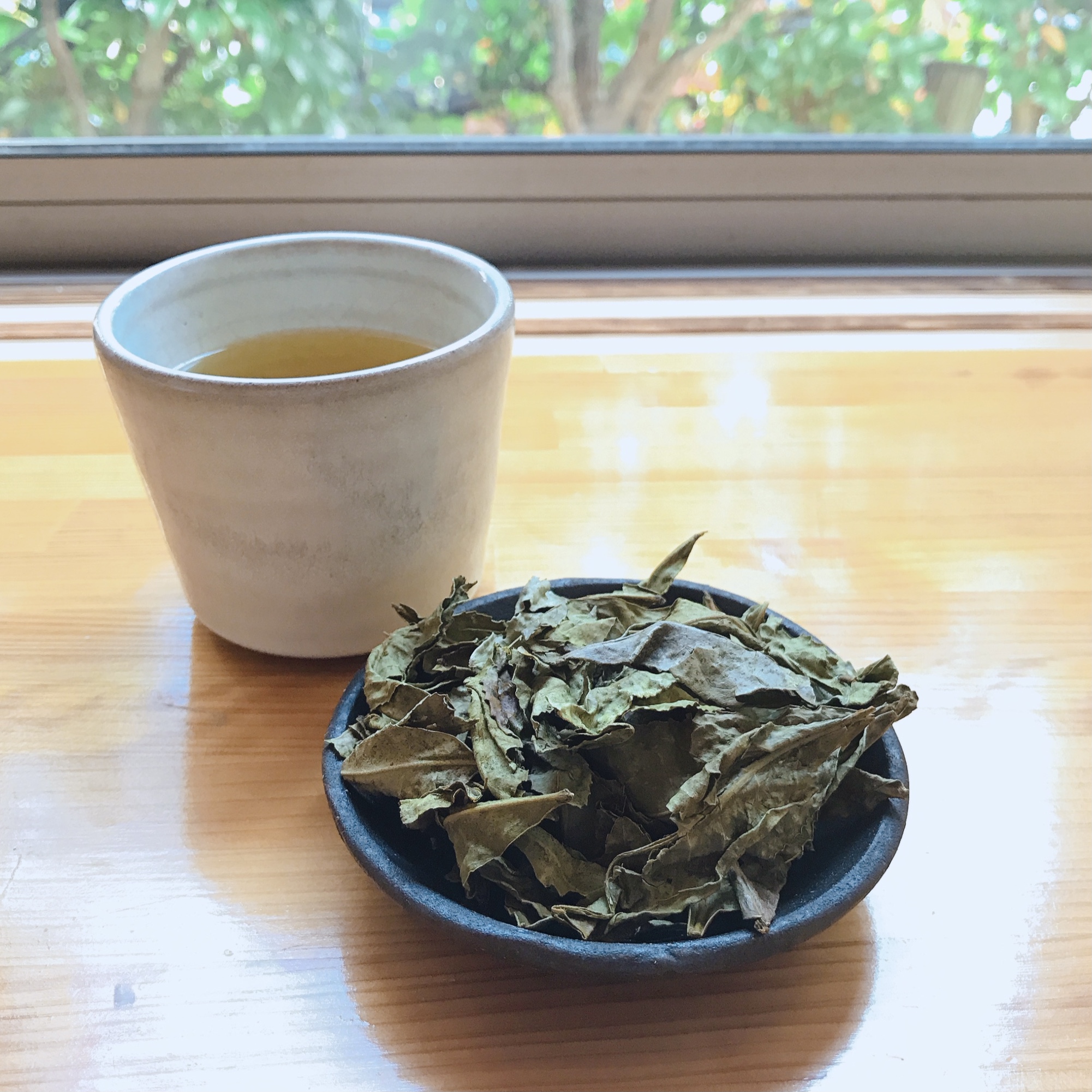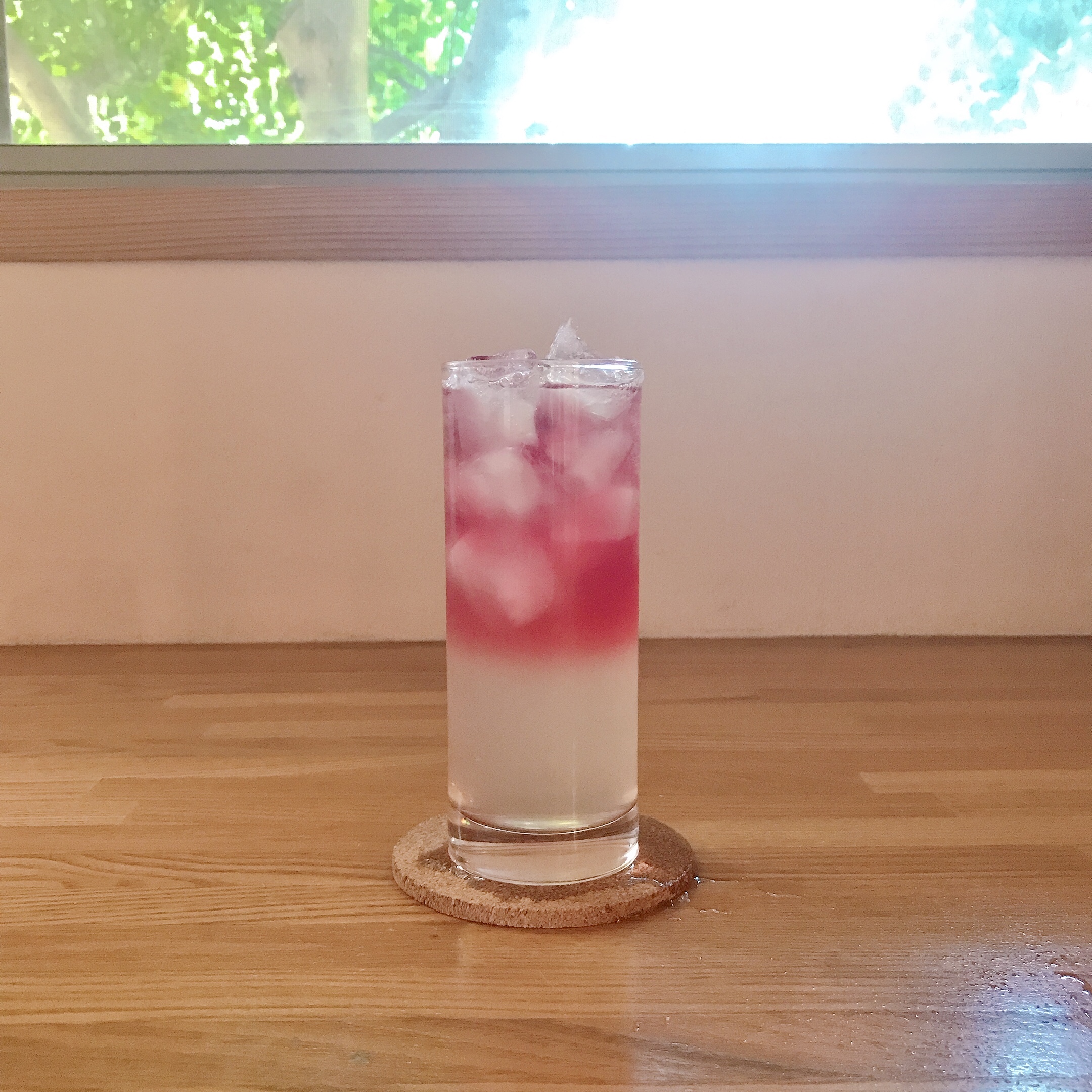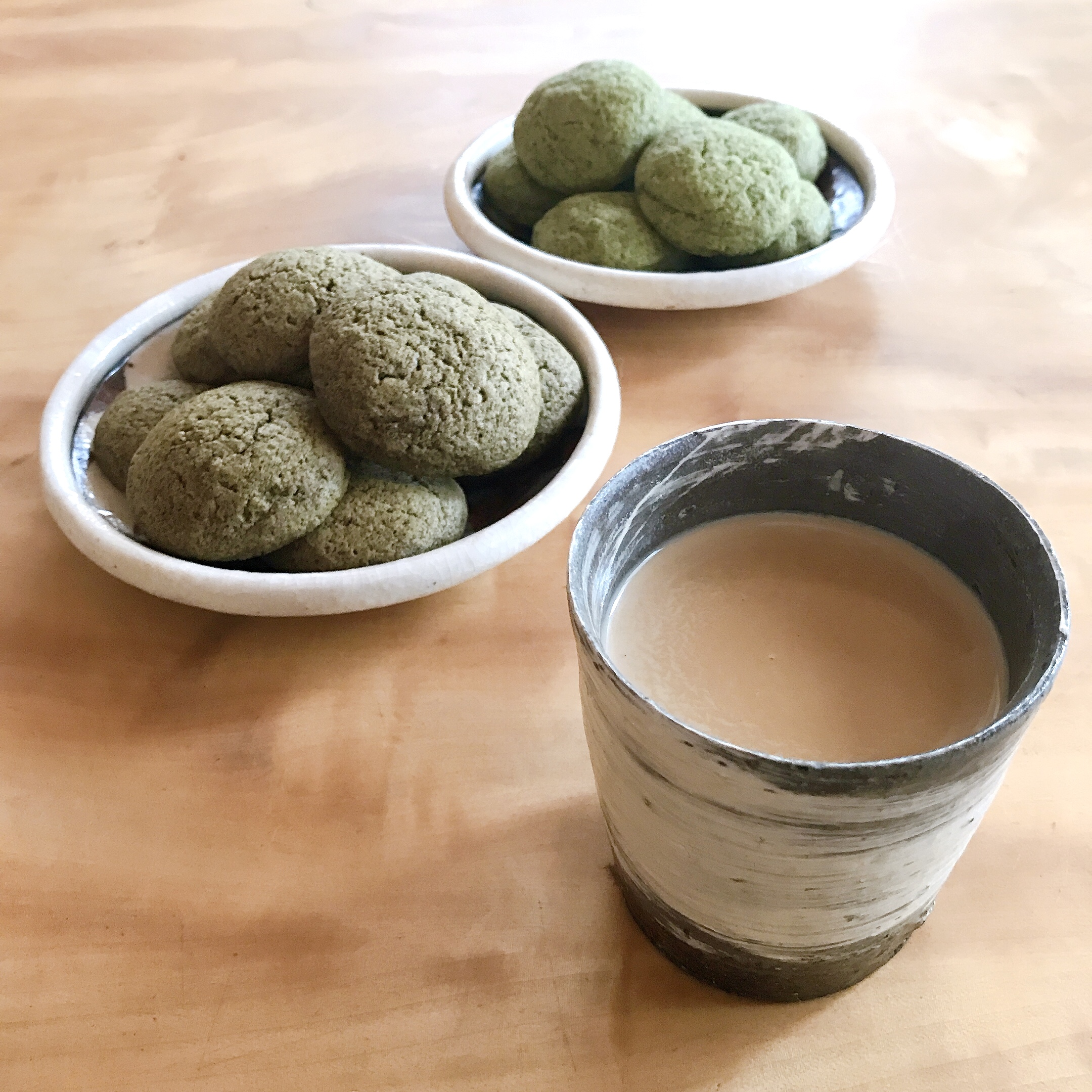‘Kan’ means cold and ‘cha’ means tea. It’s made from leaves picked and processed in winter. The tea leaves themselves look like fallen leaves in winter and is categorized as bancha (a coarse tea) that’s made from rough, late-harvested leaves. The taste of this kancha is very light and calming. 🍵

I was drinking this tea with my grandma the other day and she told me that her parents were farmers and they used to grow tea, most probably bancha, for themselves to drink each day. I was very surprised to hear that because the area around her parents house is not a tea producing area at all. I’ve never seen tea trees there.
During World War II they began to produce yams or other things to eat instead of tea. After the war nobody in her family took over the farm so it became overgrown and became mountainous again. Also it became common to buy sencha (green tea) from shops, so I assume most of the people stopped producing bancha by themselves.
I guess this happened not only to my grandma’s family but also most of the local areas in Japan. I was grateful that she shared her story with me. I’m going to ask her to tell me more stories and see what I can learn from it. 😌


